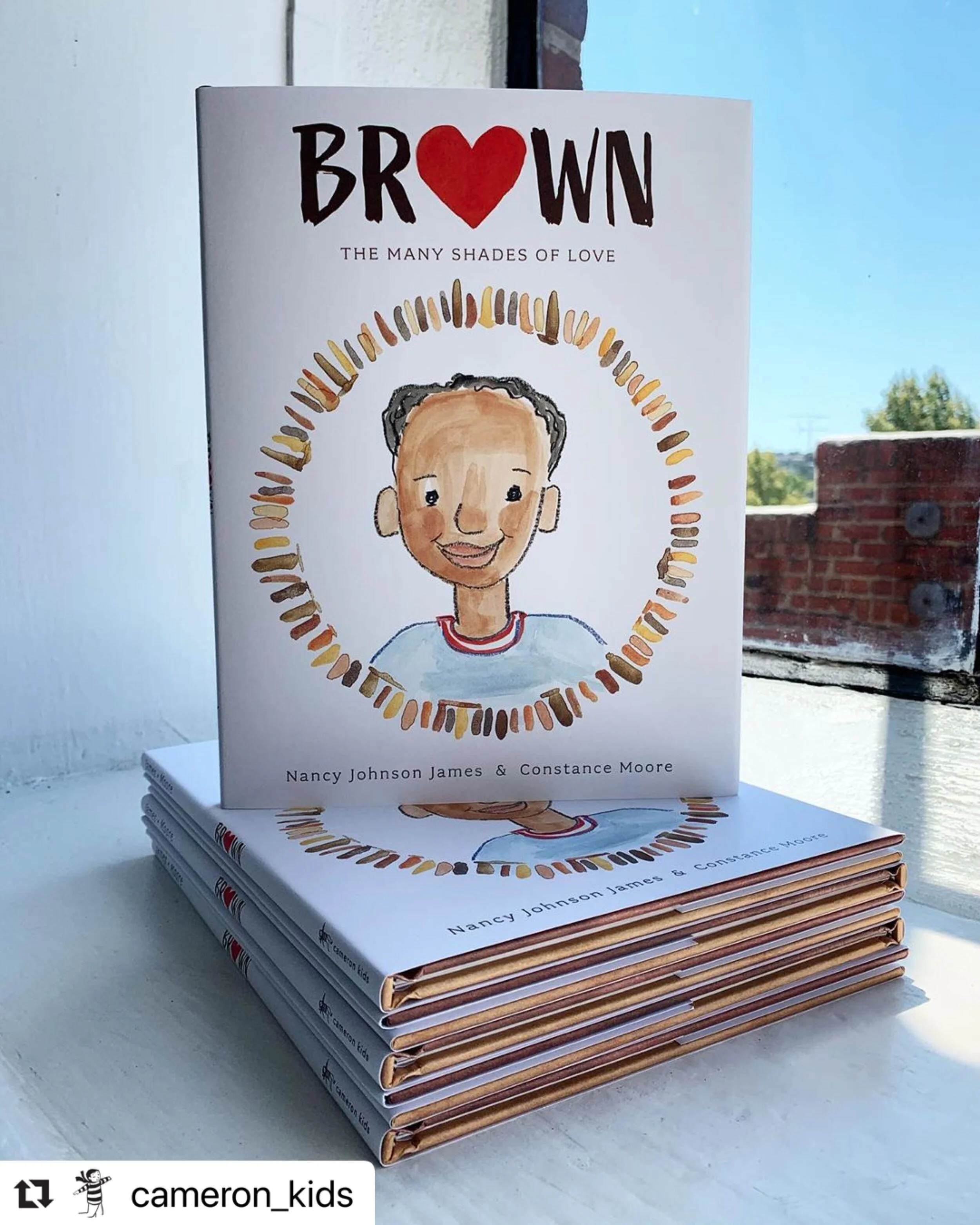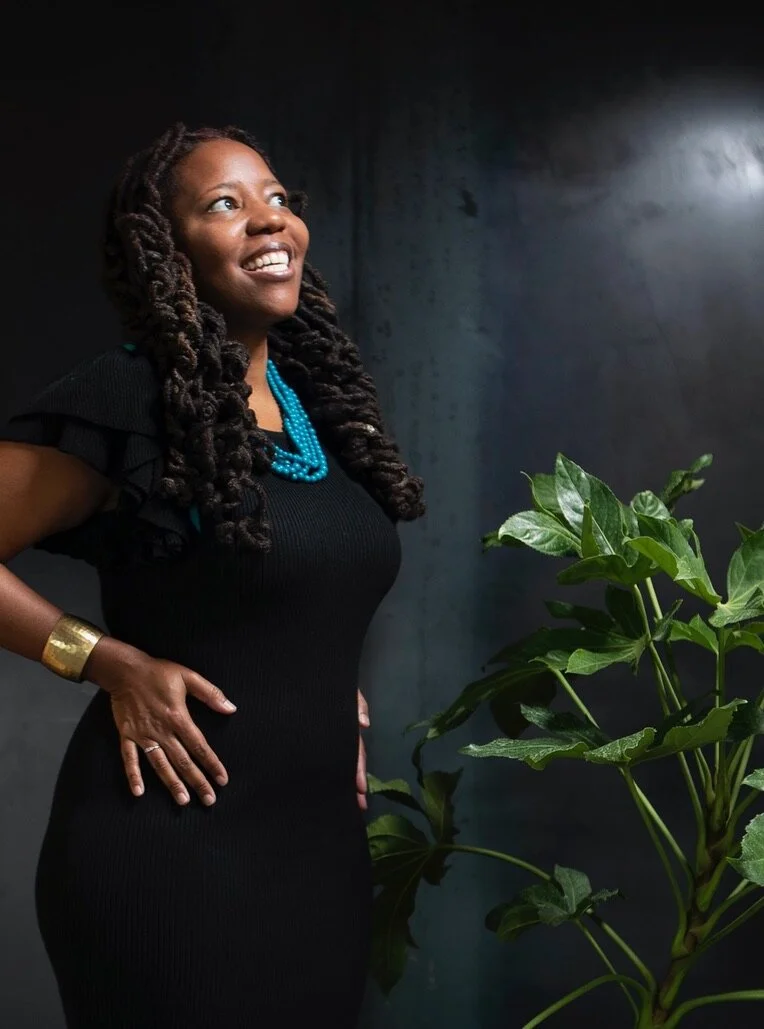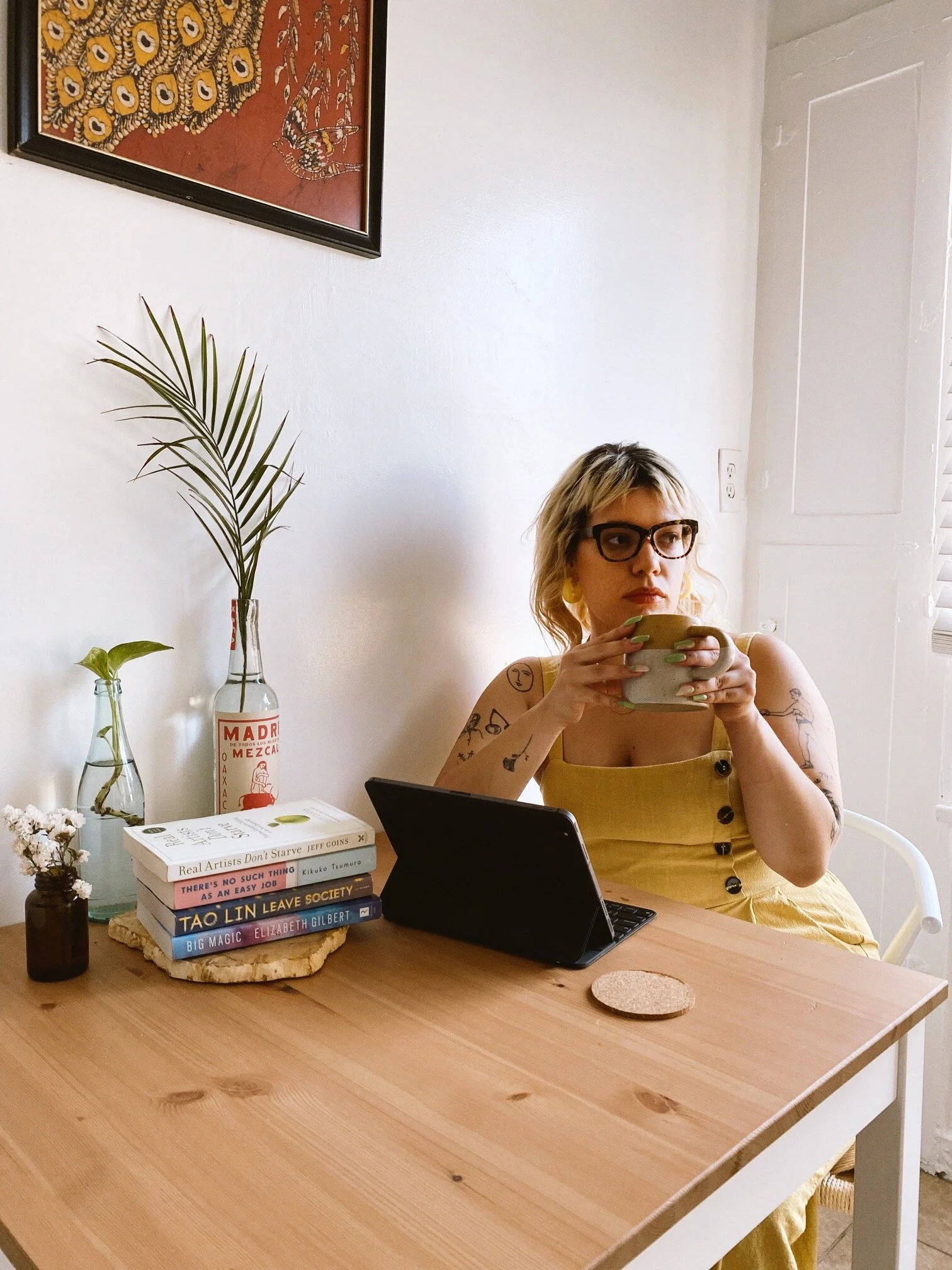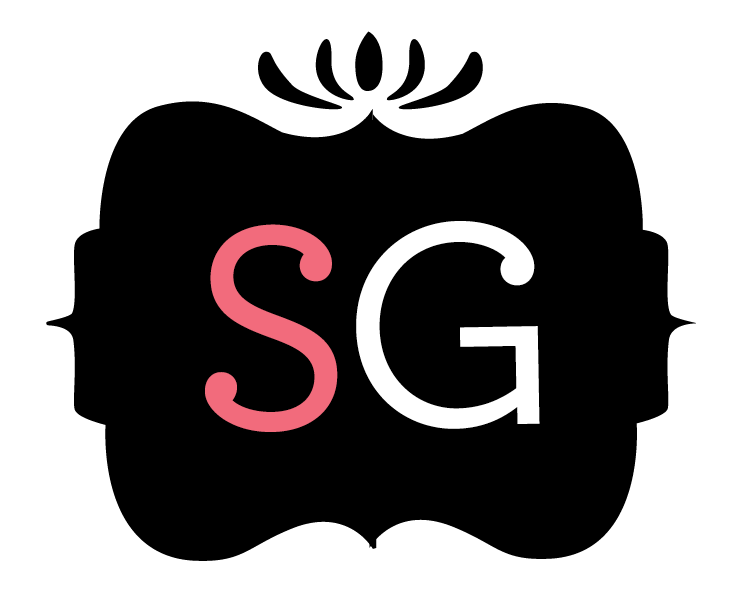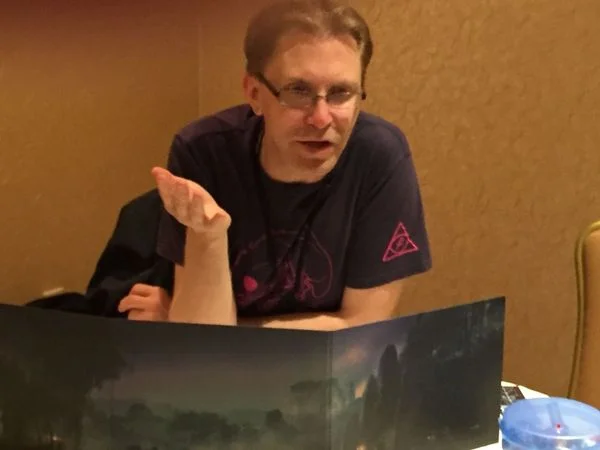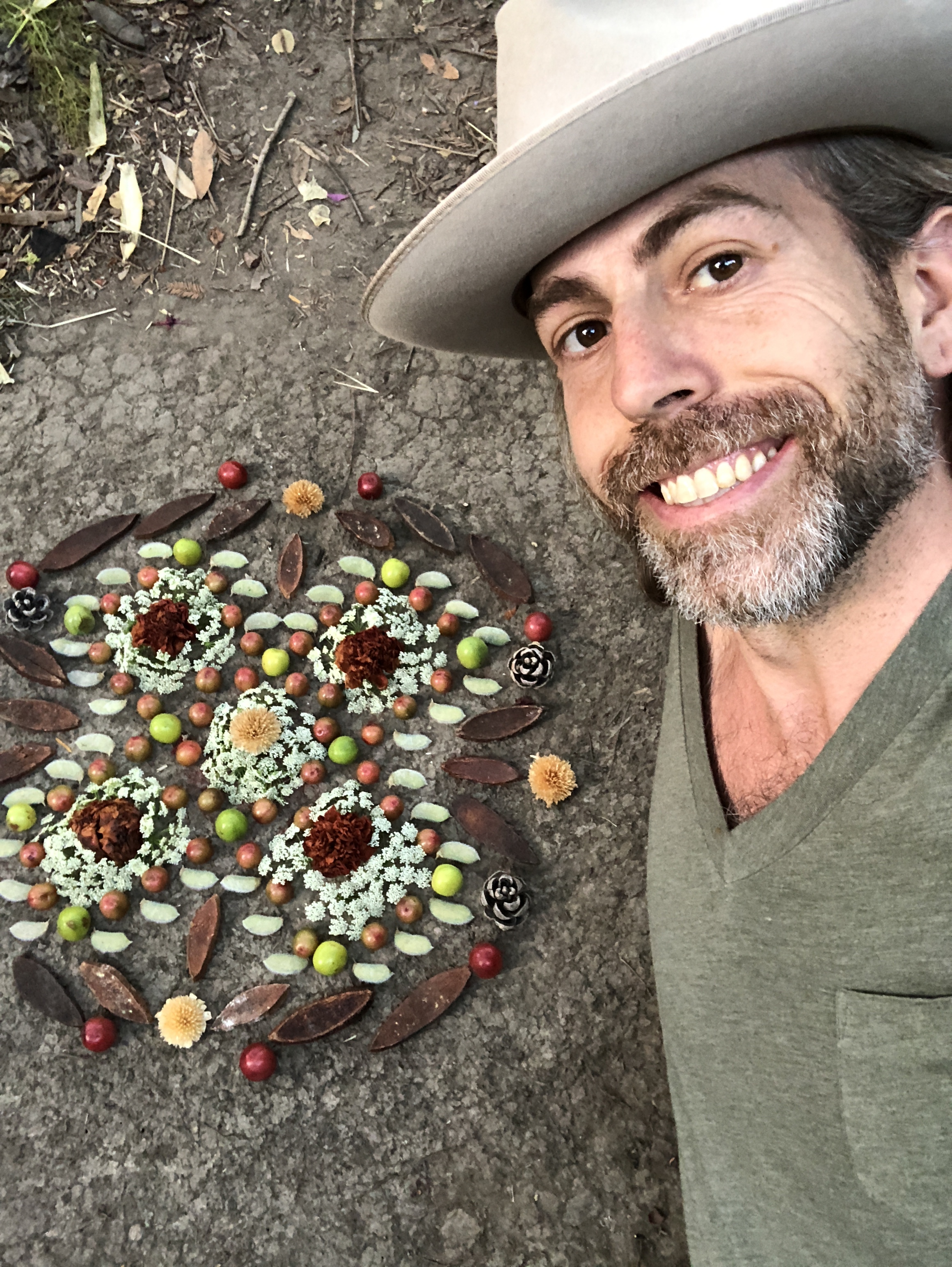Incorporating the Power of Word: Interview with Genea Barnes
If you’ve visited the Sexy Grammar home office loft for a private session, you’ve admired the work of Genea Barnes while contemplating your own. If you’ve visited the new Sexy Grammar website, you’ve see the unique professional portraits she created for me. I had the honor of helping with editorial on Don’t Forget Me-A Photographic Memorial, the book about Ghost Bikes that Genea published in 2015, and have the pleasure of calling her a friend. Based in Brooklyn but from San Francisco, this artist has inspired me since the day I met her in a yoga class on Folsom Street. I’m so happy to feature her interview in celebration of my new website--especially since the whole design relies heavily on photos she took. (There’s a story behind them--link at the end of the interview.) Below, we discuss Genea’s favorite writers, her Ghost Bikes book, her process, and her work-in-progress.
Kristy Lin Billuni: I know you identify more as a visual artist than as a writer, but I also know we’re going to get some great perspective on writing from you because of that. Let’s back into it a little. Tell me about some writers you love.
Genea Barnes: I am in love with Stanley Donwood’s work. He is also a visual artist, known for doing the Radiohead album covers. His writing is short, dark, and has a twisted humor. I am always inspired by Paulo Coelho. He writes about humanity and the journey of this human life, things that inspire my own work and my own writing.
KLB: See, we’re already talking about your writing! And I bet you have some friends who are doing great work.
GB: Yes, Terry Tapp has released A Serf’s Journal: The Story of The United States’ Longest Wildcat Strike.
KLB: Sounds amazing. Who else?
GB: Nathan McClain is a wonderful poet. His book is called Scale, and one of his poems recently appeared in New York Magazine.
KLB: Tell me about what matters to you in your work.
GB: I’m moved by people and the human experience. The way we live our lives, how we perceive our reality, and how we move through tragedy and trauma inspire me. Through my art and writing, I aim to show multiple views of experience, with the intention of expanding the lens of perception.
KLB: And tell me a little about your creative relationship to writing.
GB: I have always made art and written, journaling, poetry, stories of my experiences. I toy with the idea of writing an autobiography one day. My writing lands in the realm of my experiences. My truth. And in recent years I have used it to support the other types of art that I do.
KLB: I can’t wait for your autobiography! Let’s talk about the Ghost Bike book.
GB: I worked on a project photographing Ghost Bikes (bicycles painted white and placed as memorials for cyclists that were killed while riding).
KLB: And you published the collected photos as a book.
GB: Yes, when I made the decision to publish a book, I knew that the images were not enough. While powerful in themselves, I needed to pay respect to the individuals that lost lives, and the powerful journey I went on to discover these Ghost Bikes. This could only be done with words.
KLB: So you wrote.
GB: So I wrote. I wrote about my journey, I shared my journey, and I published my journey. They say that a picture is worth a thousand words, and this I believe, but the power of the image with the word, well, that kind of power can move mountains.
KLB: Well, the book certainly wields a lot of power. I really treasure my copy of Don’t Forget Me. I’ve turned to it more than once in times of grief to uplift myself. I always ask myself when I spend time with it, How did she do that? How did she create such an uplifting-yet-sad object? So let’s talk about exactly how you write. Any abandoned writing practices?
GB: I have finally stopped buying fancy notebooks, because I don’t end up using them, unless I am traveling.
KLB: Ooh, tell me about how you write when you travel.
GB: When I travel I usually write in a journal, pen to paper, I set aside time to write, to reflect, to bring together the experiences that I am having. To make sense of it all. But the reality is, I don’t travel enough, and life is crazy and busy, and there never seems to be enough time.
KLB: So where are you writing these days?
GB: I write in moments that I feel inspired, and these days, I do much of my writing on my phone, waiting for the subway, on the subway, in a coffee shop, a restaurant, a free moment when I am at work, when I wake up in the middle of the night.
KLB: I write like that too. Julia Cameron calls this “writing in snatches.” I love that idea.
GB: I have learned that if I have a moment of inspiration, I have to get it down, I can’t wait until I have “time.” There may never be that time, or I may forget when that “time” comes. It doesn’t have to be perfect. I have spent years struggling with my need to be perfect. It can be messy. Just get it down, and do it NOW.
KLB: Right. You can edit later.
GB: I find myself scrolling through and editing very rough work on my phone, and eventually it makes it into some sort of document on my computer for further tweaking.
KLB: And can you talk about what it looks like when you don’t feel inspired? Or you feel stuck?
GB: Sometimes I know that I need to write, but I sit there with nothing to say. I know it is in there, but I can’t call it up. There is no flow. Everything is blocked. When I feel this way, it is not just the writing that is blocked, something within myself is usually also blocked and needs to be released. So I write nonsense. I write fuck this, fuck that. Fuck that guy that said I was fat, and that old lady, the one that is always on the corner, what is her deal? Blue forests are better than red ones, and I hate the way cat piss smells.
KLB: Yes! I do this too. And so many writers look at me suspiciously when I try to convince them to do it, to write nonsense and crazy thoughts down. Can you say more about this practice?
GB: I start writing about nothing and everything, things that hurt me, things that made me feel good. I don’t write sentences, sometimes they are just words.
KLB: And then?
GB: Usually at some point, something starts to click, something starts to make sense, and I seem to move into a direction of clarity. The sentences start to form. The paragraphs start to have a point.
KLB: And this is all handwritten?
GB: Yes, it usually happens pen to paper, but sometimes on the computer.
KLB: And can you talk about the when--when you use this technique?
GB: It especially happens when I know I have something in me, emotionally or creatively that I need to get out, that I need to put words to. Words bring clarity, in emotion, in story, and in everything else.
KLB: That is so true.
GB: There is only so much subtlety and instinct we can rely on in this day and age. Most people don’t get that they have let all the technology and lack of observation dull their senses so much that we really need the words to bring clarity. And beauty… with the word, we can recreate the experience of all the senses and bring someone the gift of experiencing something in that way that they could never get by watching the movie, or by standing outside of our experience.
KLB: Tell me what you’re working on right now.
GB: I am currently not working on a writing project, but working on incorporating the power of word into my photographic art. This project is called Three Windows. In it, I photograph a person’s hands and their face.
KLB: Oh yes, I got to sit for this project with you when we did my portraits! Great. I want to hear all about it.
GB: The eyes are one window, the hands another. The object of the portrait is to get them to drop the walls of judgement and discernment in their eyes and let us in. These are two windows.
KLB: And the third?
GB: The third window is three words the subjects pick themselves: one noun or adjective that describes who they were, one for who they are, and one for who they have yet to be.
KLB: I love the way you integrate words with your art.
GB: The power of the word is magical. It can say so much, it can give us a feeling, or it can trick us into believing something that is not real. In this project, I love the idea that the hands and the eyes show us something visually, but the words tell us something about what the person feels about themselves.
KLB: And that alters the way we see the images?
GB: It is a completely different window than the one we see when we look at the photograph. I use the words and the two portraits of eyes and hands as my inspiration to develop the piece, to inform the feeling of how I will make the background and the rest of the piece look and feel.
KLB: You mentioned how you value people and human experience in your art. And even the Ghost Bikes symbolize people because they memorialize them.
GB: Human nature is fascinating to me. My subjects have almost always been people, or something related to human experience. In recent years, I have been exploring our humanity, what we think of ourselves, what we show the world, and what we are afraid to show the world. This project is an important way to show where all of these things intersect.
KLB: How so?
GB: Our hands show where we have been, they mark time and experience. How we hold them shows how we may feel, despite what we say.
KLB: And the eyes?
GB: Our eyes show where we are now, and if the guard is dropped, one really does get a glimpse into another’s soul, their soul without the mask, a picture of who they really are in this moment. And the words, they hold the images of what we feel deep inside, a representation of how far we think we have come, and the hope where we have yet to go. These words, the power of the word in this project, shows us not necessarily the absolute truth, but a powerful glimpse into the psyche of the subject, something a photograph could never do.
I coax sexy writers like Genea Barnes to reveal their creative secrets and processes in writer interviews to inspire you:
Buy Don’t Forget Me-A Photographic Memorial, the Ghost Bike book. Buy two. It makes a beautiful and thoughtful gift.
See Genea’s photography. Better yet, buy it.
Read the perilous story of how Genea used her magic to rescue me on the day we shot my website photos, in the Yelp review I wrote her.
See four of Genea’s gorgeous, huge-format images from the Body series at your next in-house Sexy Grammar private session. Schedule here.
Read my GoodReads review of Ghost Bikes: A Photographic Memorial.
I cultivate sexy, bold, free writers in stimulating, one-hour private sessions. I also write essays and short stories about sex, writing, and sometimes pigeons.
Read my writing.
Flirt with me on Twitter.
Get my cafe reviews & reviews of me on Yelp.
Share books on GoodReads.
Schedule your free private session.

